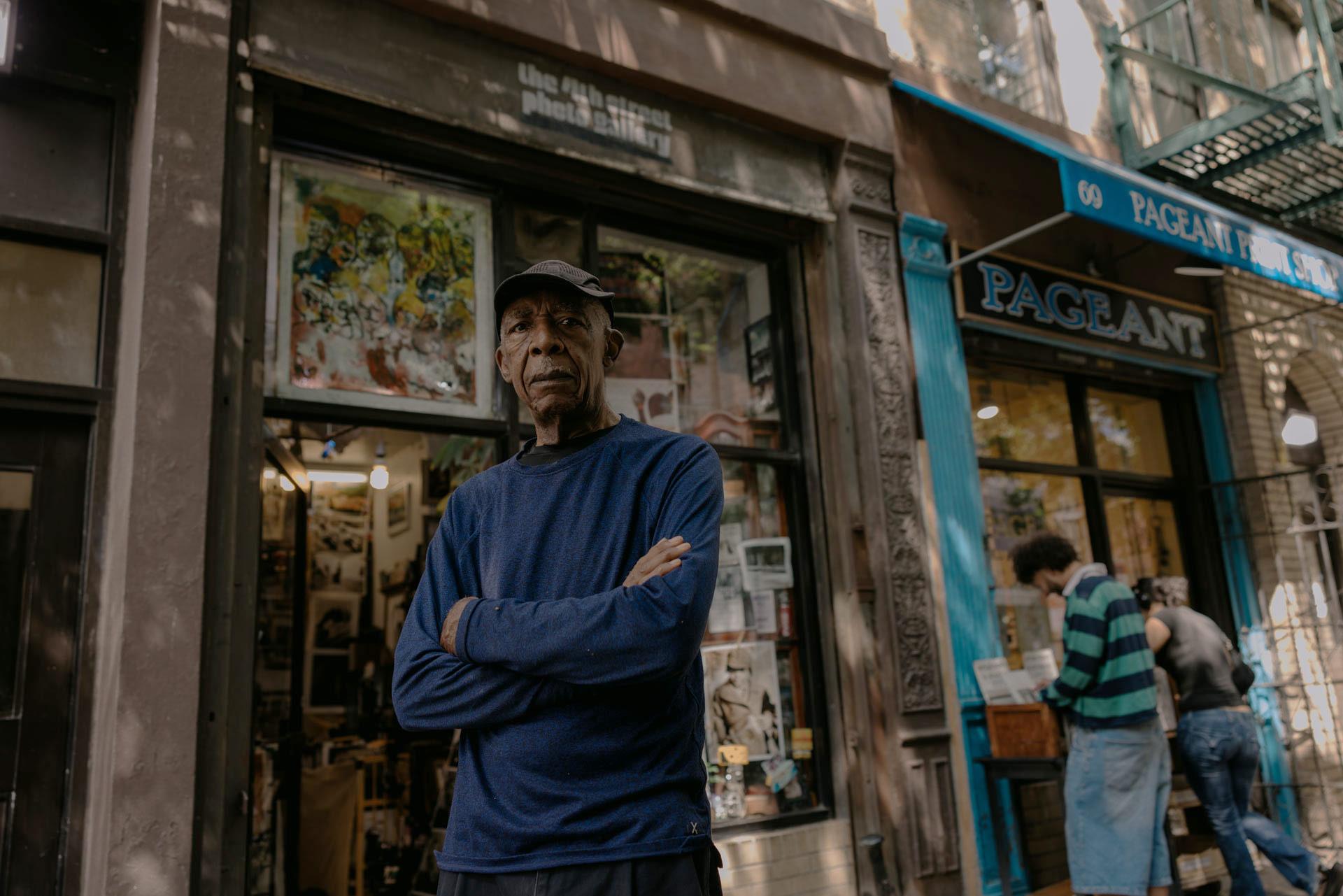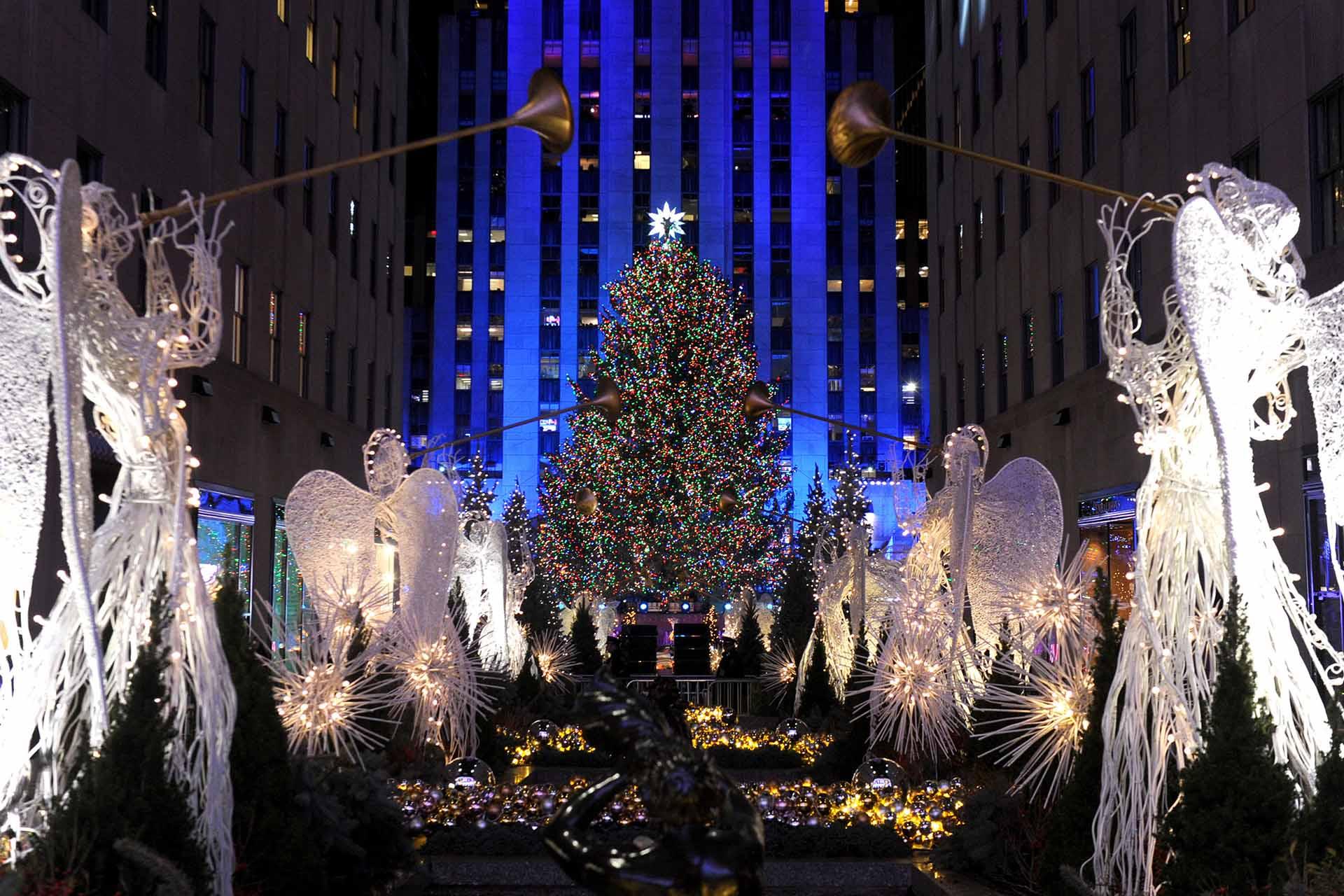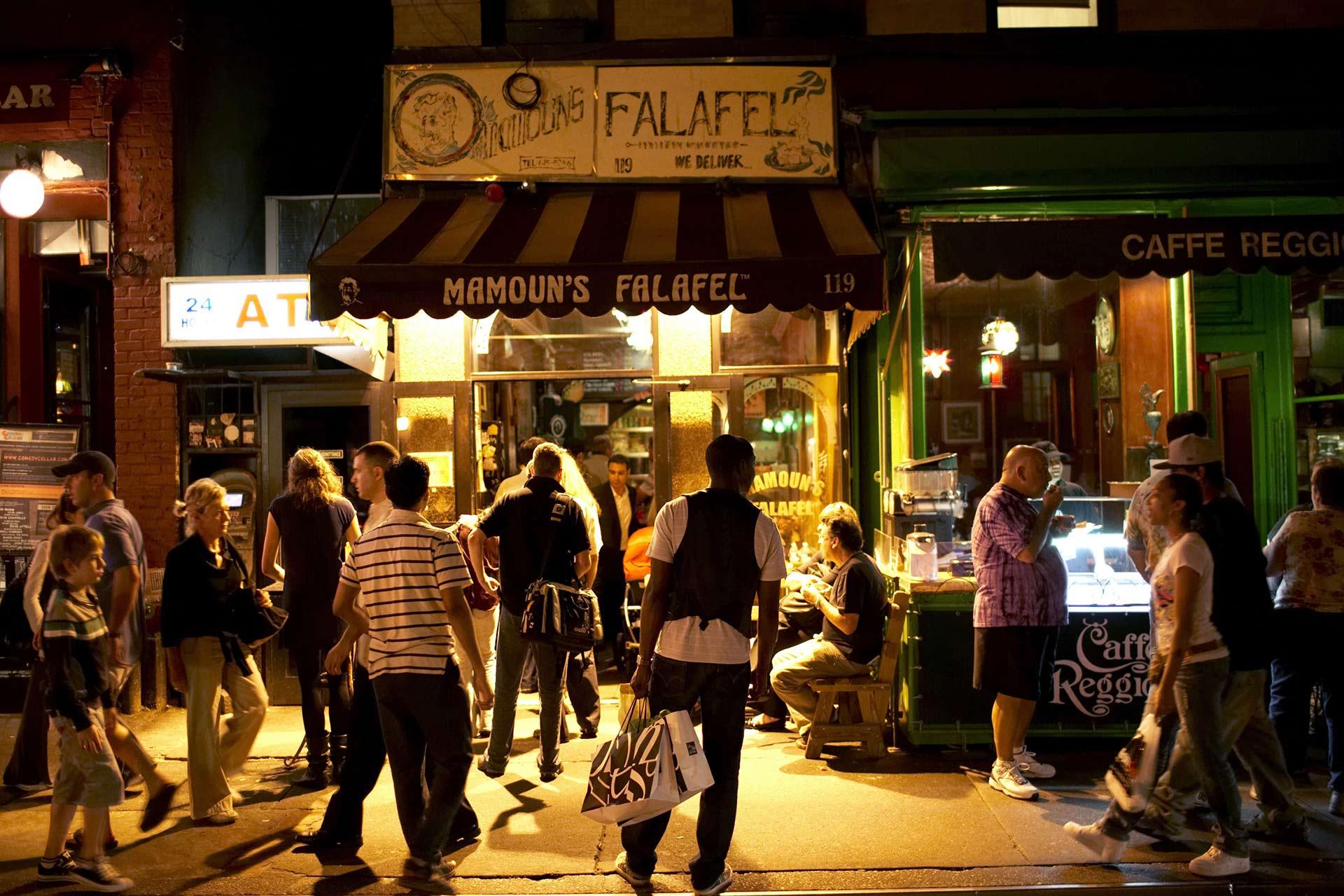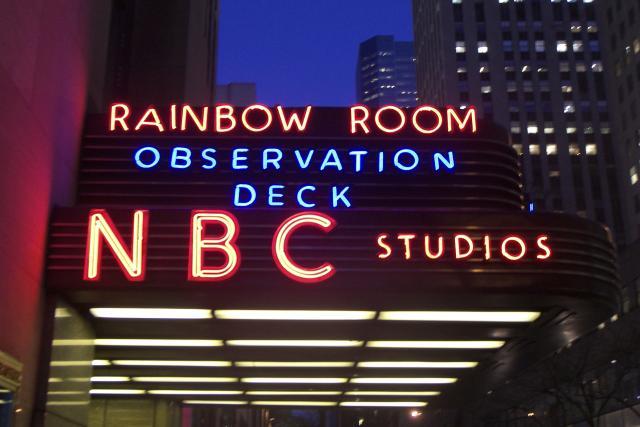An abandoned public school lends both a name and a building to one of the country’s largest and oldest contemporary art institutions. Queens’ MoMA PS1, the Long Island City affiliate of Manhattan’s Museum of Modern Art, transformed the space with site-specific installations exhibited throughout the classrooms, beginning with the inaugural 1976 group show, Rooms. Since then, the museum has continued to display art with an adventurous, transformative spirit while playing off its site’s origins. Stroll through classroom-size galleries and stairwells that have been converted into art spaces. The schoolhouse vibe extends to the bookstore, with easel and desk-style display tables.
Instead of housing a permanent collection, the museum acts as an exhibition space, hosting an ever-changing array of works from experimental and emerging artists in addition to a series of long-term installations. The variable contents of the galleries, as well as a rotating program of special events, make for a dynamic museum experience. Here’s what you need to know to get the most out of your visit.
How to Get There
7, E, M or G train to Court Sq.–23rd St.; G to 21st St.; 7 to Vernon Blvd.–Jackson Ave.; R, E or M to Queensboro Plaza Station
Address
22–25 Jackson Ave. (between 46th Ave. and 46th Rd.), Long Island City, Queens
Hours
Sunday, Monday, Thursday and Friday, noon to 6pm; Saturday, noon to 8pm
Admission
$10 for adults; $5 for students and seniors; free for kids under 16 and NYC residents. Tickets to MoMA include admission to MoMA PS1 if presented within 14 days; MoMA members receive free admission to PS1.

Moma PS1. Photo: Noel Woodford
Highlights: Long-Term Installations
Twelve installations are integrated throughout the museum and on view (another four exist but are not open for visitation), expanding upon the building’s original architecture.
In the courtyard, stop to admire Eric Orr’s Wall Slits. As part of the museum’s 1997 renovation, the artist crafted narrow openings in the concrete walls with the goal of creating a more dynamic relationship between the exterior of the museum and the street.

Alan Saret: The Hole. Photo: Pablo Enriquez
The Hole at P.S.1, Fifth Solar Chthonic Wall Temple by Alan Saret was one of the original Rooms exhibition pieces, and it uses a natural element as a key component of its structure. When sunlight hits a hole in the brick wall of the third-floor installation, a stream of light shines onto the hallway floor.

Saul Melman: Central Governor. Photo: Tagger Yancey IV
Central Governor, by Saul Melman, is also tucked away in the basement boiler room of the museum. The artist created this striking work by applying gold leaf to the building’s 112-year-old original furnace. A small section of the pipes and boiler, though, are only partially covered in gold, suggesting that even this monolithic object could be active, its transformation unfinished.

Ernesto Caivano: In The Woods. Photo: Tagger Yancey IV
Heading up the stairways of the museum is more than a functional move; it’s a reminder that the art here doesn’t always play by the rules. Six of the museum’s site-specific installations spill into the stairwells, including Cecily Brown’s Untitled, Abigail Lazkoz’ Cameraman, Alexis Rockman’s Untitled, Richard Artschwager’s Blps and William Kentridge’s Stair Procession. Ernesto Caivano’s In the Woods covers Stair A with black painted trees that climb the walls alongside the viewer.
Perhaps the most notable long-term installation, James Turrell’s Meeting, is one of those not currently on view (check MoMA PS1’s website for the latest). This “skyspace,” which was commissioned in 1976, centers around a cutout in the ceiling of an old classroom that reveals the sky above. The lighting system in the room enhances evening viewings, as it’s synchronized with the sunset throughout the year.
What else?
To fuel your exploration at the museum, grab a table at Mina’s. The all-day café (Thursday through Sunday) specializes in homey Mediterranean-inspired dishes, a nod to chef Mina Stone’s heritage and her Greek grandmother’s cooking. Sample mezze plates served with raisin and fennel semolina bread or spanakopita (spinach and feta pie), and enjoy Greek-style coffee and frappés in the casual, white-walled room.
Don’t let your visit to PS1 end without popping into Artbook @ MoMA PS1, just across the hall from Mina’s. The spacious bookstore has an extensive collection of photography and art books, as well as eye-catching children’s books. Several shelves house titles related to the galleries’ current exhibits.

MoMA PS1. Photo: Maxwell Schiano
MoMA PS1’s annual concert series, Warm Up, complements the gallery experience by holding shows in the outdoor sculpture garden. The series, like the museum itself, is committed to featuring innovative and up-and-coming artists; past performers include Solange, Grimes and A$AP Ferg. Note that the event did not take place last year, but the museum has said it is being rethought for its 2023 season.






